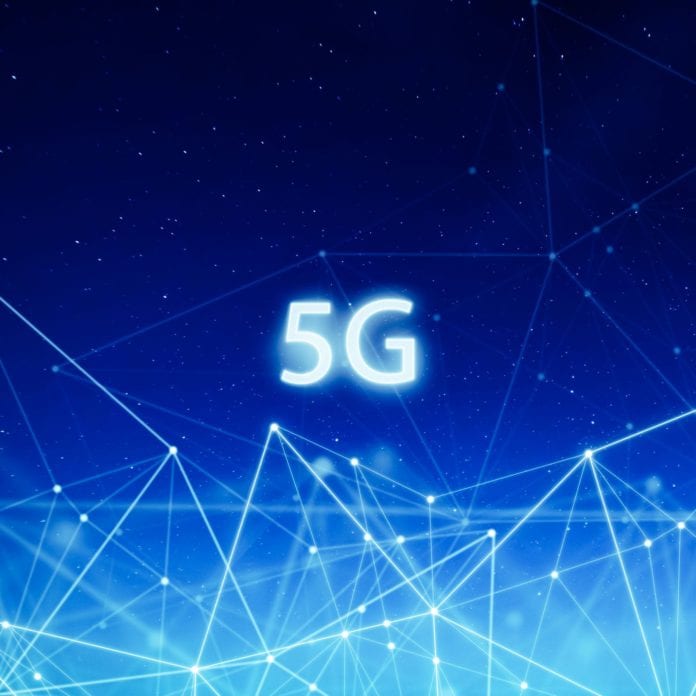5G networks and devices expected to take off next year
Despite traction around spectrum allocation, network commercialization and device-side support, operators don’t necessarily expect any increase in attendant service revenues in 2019. AT&T CFO John Stephens, speaking recently at he Morgan Stanley European Technology, Media and Telecom Conference in Barcelona, said he doesn’t expect to report 5G revenue next year and pointed out that the current device upgrade cycle is 5% per quarter so it’d be 20 quarters before handsets are fully turned over. “The revenue opportunities are going to take some time…we’ll be ready before they get here.”
Verizon Chief Financial Officer Matt Ellis, speaking at the same conference, echoed the point his counterpart made. He said there would not be a “massive impact on revenue in 2019” but he expects 5G to “have an impact on the financial starting in 2020.”
While consumer revenues likely won’t be significant for some time, the longer-term revenue opportunity with 5G in general, including at millimeter wave frequencies, relates to driving digital transformation in key enterprise and industrial sectors.
Malladi noted the three primary 5G use cases: enhanced mobile broadband, massive internet of things and ultra-reliable low latency communications. Inside a manufacturing plant, he said, there are industrial robots, automated guided vehicles, sensors, cameras, head-mounted displays and handheld terminals among other connected devices. “If you look at it from a 5G perspective,” Malladi said, “…here’s a perfect example of one network which has all three different use cases. This is really where we think 5G is heading as we go into the 2020, 2021 timeframe.”
Qualcomm President Cristiano Amon highlighted the role 5G can play in the automotive sector, which provides benefits to the automotive manufacturer, the consumer and other value chain stakeholders like an insurance company, which could tap into vehicle data to potentially adjust rates schedules or get a better understanding of what happened during a car accident.
“We see 5G being part of every single RFP for the connected cars,” Amon said, further noting that C-V2X is “starting to get standardized in all geographies. The combination of 5G and C-V2X will be “much more profound than we see in 4G with the connected car.”

